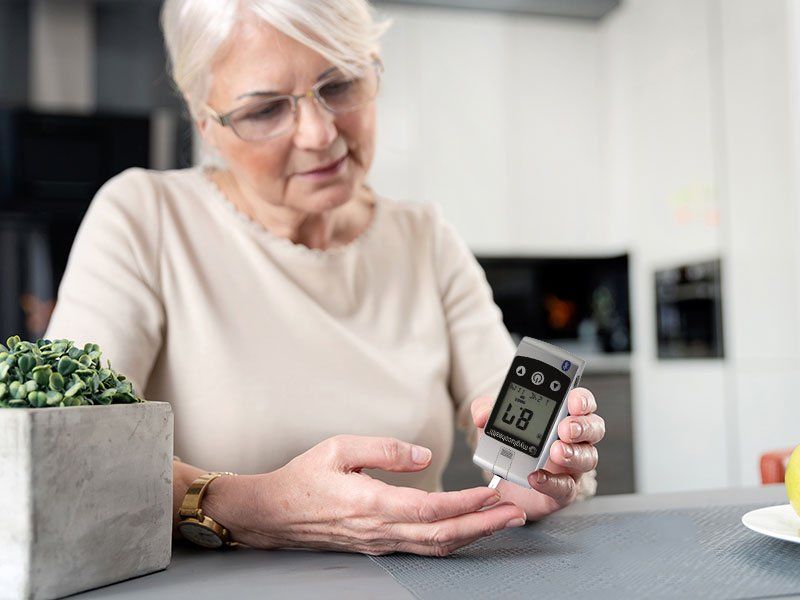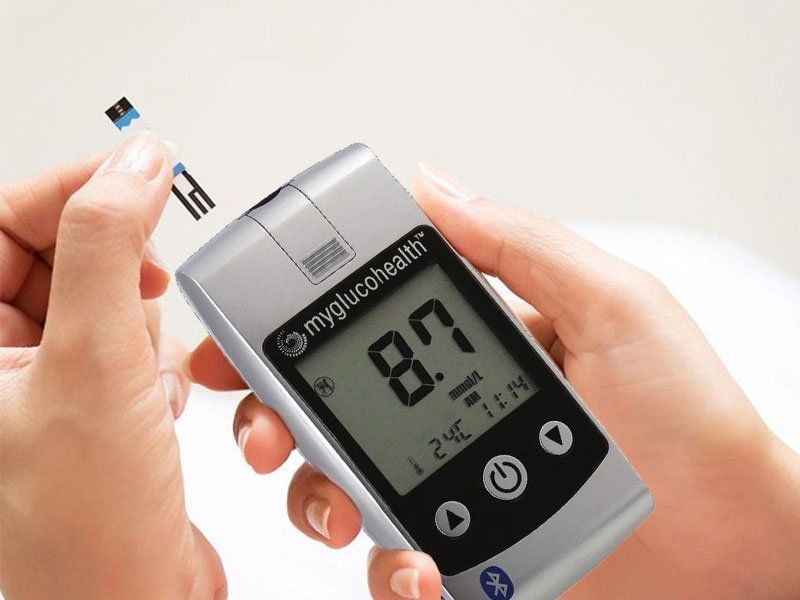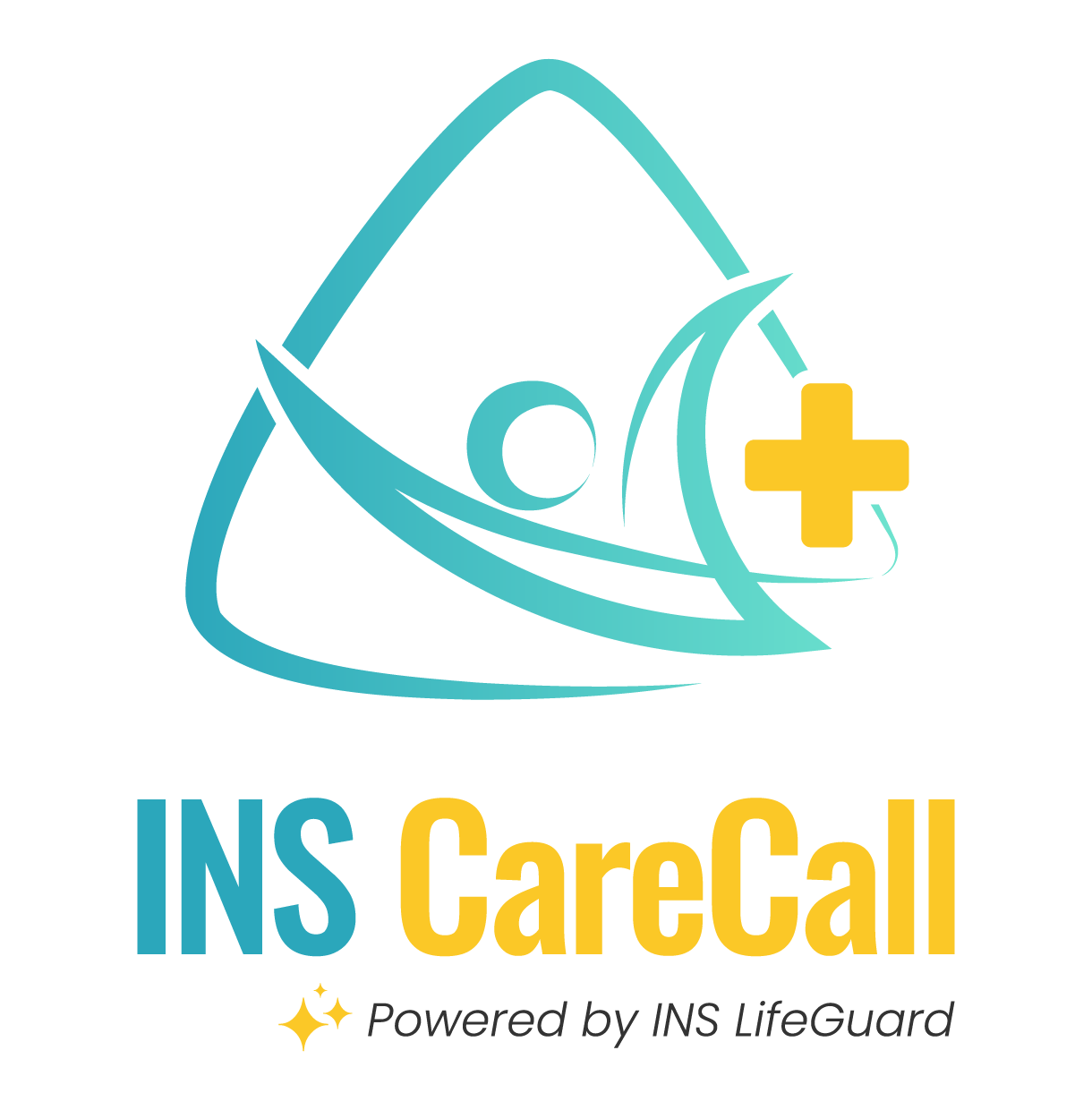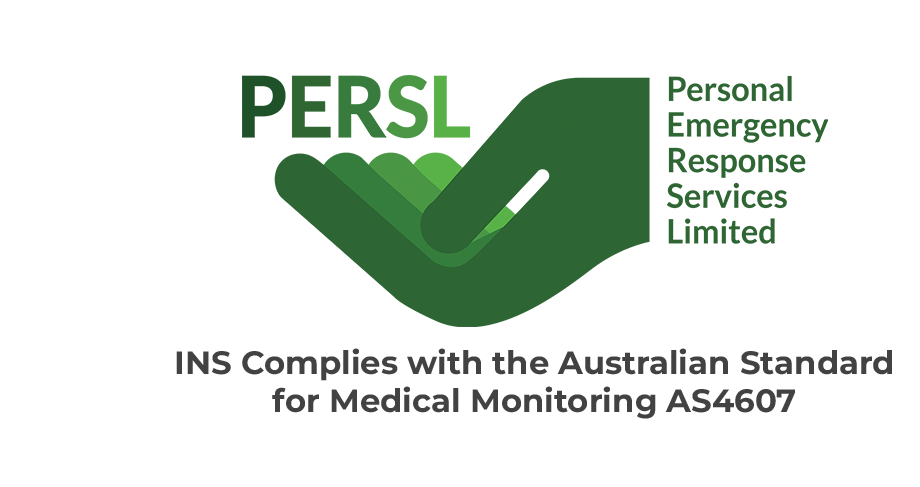INS LifeGuard
Diabetes – Symptoms, Causes & Treatments

Diabetes is a disease of carbohydrate metabolism where the body either can’t produce insulin or can’t effectively use it. Insulin is a protein that helps the body’s cells take glucose from blood into the cell, which is then converted into energy. Diabetes occurs when there is an accumulation in the bloodstream of glucose (a simple sugar produced by digestion) because not enough insulin has been generated or not enough insulin has been allowed to be produced by the body.
There are two main types of diabetes, Type 1 and Type 2. Type 1 Diabetes usually affects children or young adults. The pancreas produces little to no insulin, the hormone that regulates blood glucose levels. People with Type 1 Diabetes must take insulin injections to live. On the other hand, people with Type 2 Diabetes produce insulin but their bodies don’t use it properly. This can be caused by poor diet or lack of physical activity. Like Type 1 Diabetes, those living with this type also need to monitor their glucose levels regularly through blood tests and make healthy lifestyle choices like eating right and exercising regularly to keep their blood glucose levels in check.

Symptoms of Diabetes
One of the main symptoms of Type 1 and Type 2 Diabetes is increased thirst and hunger. Other symptoms include dry mouth, nausea, vomiting and frequent urination, blurred vision, weight loss despite increased appetite, fatigue and irritability. If left untreated, diabetes can lead to many serious conditions such as kidney failure or even death.
Causes
Type 1 Diabetes
The exact cause of Type 1 Diabetes has not yet been identified. However, various factors such as genetics, viruses and environmental factors are believed to play a role in its manifestation.
Type 2 Diabetes
There are three main causes of Type 2 Diabetes: obesity, lack of exercise and poor diet.
Obesity happens when excess calories from food aren’t used by a person’s body but instead accumulated as fat under the skin or around vital organs in the body like the liver and pancreas which create glucose, the basic energy source in humans. This can lead to insulin resistance, which means that little to no glucose enters the cells of the body and builds up in the bloodstream instead.
Lacking physical activity leads to Type 2 Diabetes when a person’s cells become unresponsive towards insulin because they’re not used to it. If this goes on, excess levels of blood sugar will eventually lead to nerve damage, kidney diseases, blindness or even amputation.
Finally, eating foods high in calories but low in nutrients like simple sugars (examples are soda drinks sweetened with fructose or table sugar) makes it hard for the pancreas to produce enough insulin for one’s needs, leading to poor blood glucose control. This is the most common cause of Type 2 Diabetes, which affects almost 1.2 million adults in Australia.
Treatments
Type 1 Diabetes
Type 1 Diabetics must take insulin injections to regulate blood sugar levels in order to stay alive and healthy. They must also do regular blood sugar monitoring to ensure that their blood glucose levels are normal. However, there has been a major breakthrough in treating Type 1 Diabetes called an Artificial Pancreas Device (APD).
Researchers in hospitals in Minnesota and Boston have created APDs that monitor a person’s glucose levels around the clock and anticipate their needs by electronically administering certain amounts of insulin when needed. The machine uses mathematical formulas based on data gathered from previous blood tests and other observations to determine how much insulin one needs.
Unlike diabetics who must prick themselves for blood samples throughout the day, APDs work by regulating levels of insulin without blood tests. This device can be programmed to give less insulin for days when someone eats less or more if they suddenly binge on sugary foods like ice cream.
Type 2 Diabetes
Type 2 Diabetes is treated mainly through lifestyle changes like maintaining a healthy diet and exercising regularly. People must also monitor their glucose levels regularly with blood tests to make sure the drugs they’re taking are working properly.
However, if all else fails, doctors might prescribe antidiabetic drugs which aim to increase beta cells in the pancreas that produce insulin. Other treatments include gastric bypass surgery, which makes one feel fuller longer so one eats less, or injection into the muscles of an inactive substance called glucagon-like peptide-1, which is supposed to mimic the effects of insulin in one’s body by helping it reduce glucose levels.
The Best Blood Glucose Monitoring for Type 1 & Type 2 Diabetes
One such solution that drastically improves the process of monitoring glucose levels for both Type 1 and Type 2 diabetics is the INS LifeGuard Blood Glucose Monitor Kit (BSL). The solution involves the use of a cutting-edge blood glucose meter which offers automatic coding of test strips, fast testing and delivers results in 3 seconds or less.
Telehealth Monitoring for Type 1 & Type 2 Diabetes
Free TeleHealth Monitoring can be accessed via LifeGuard SmartHome IP Dialler, INS LifeGuardian® App, and SmartHome Mate allow clients to record vital signs and have them monitored by family or carers.
Professional TeleHealth Monitoring is an optional service through INS LifeGuard for a small monthly fee, the measurements are sent to a registered nurse at INS LifeGuard for monitoring. If the readings are of concern, our nurse will take action and follow-up with you.
Takeaway
Diabetes is a life-threatening condition that can be fatal if not managed correctly. But with proper medication, careful monitoring of blood glucose levels, a healthy diet, and regular exercise, you can keep diabetes in control and live life to the fullest. If you suspect that you may have diabetes or are at risk for developing it due to your family history, talk to your doctor about getting tested today.
To find out more about the products and support INS LifeGuard provides call 1800 636 040 or visit our website here.

About
INS LifeGuard is the only 24/7 nurse on-call personal and medical monitoring in Australia. We provide monitoring technology for both in the home and on the go and can also monitor other provider's equipment. Our services are suitable for anyone wanting support to stay independent such as the elderly, those with medical conditions and disabilities plus enhancing safety and security for lone workers.















